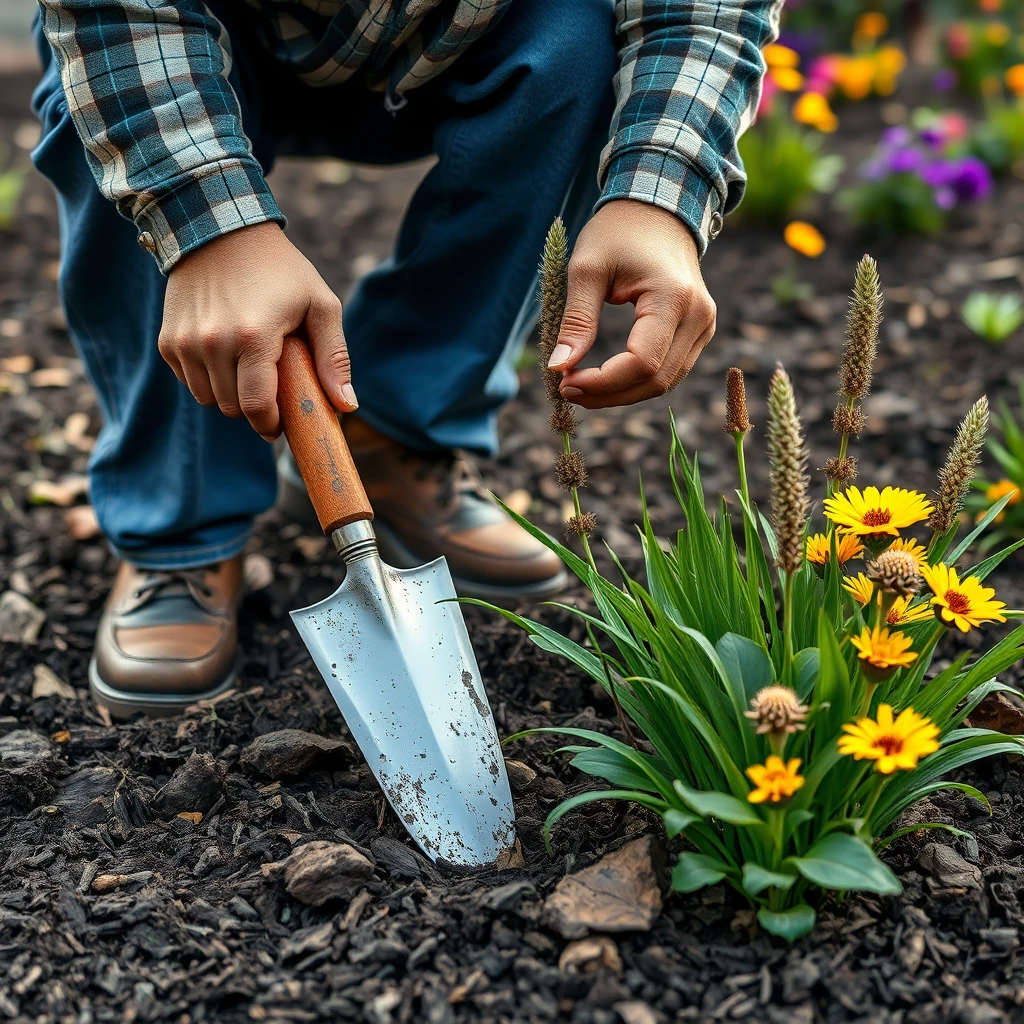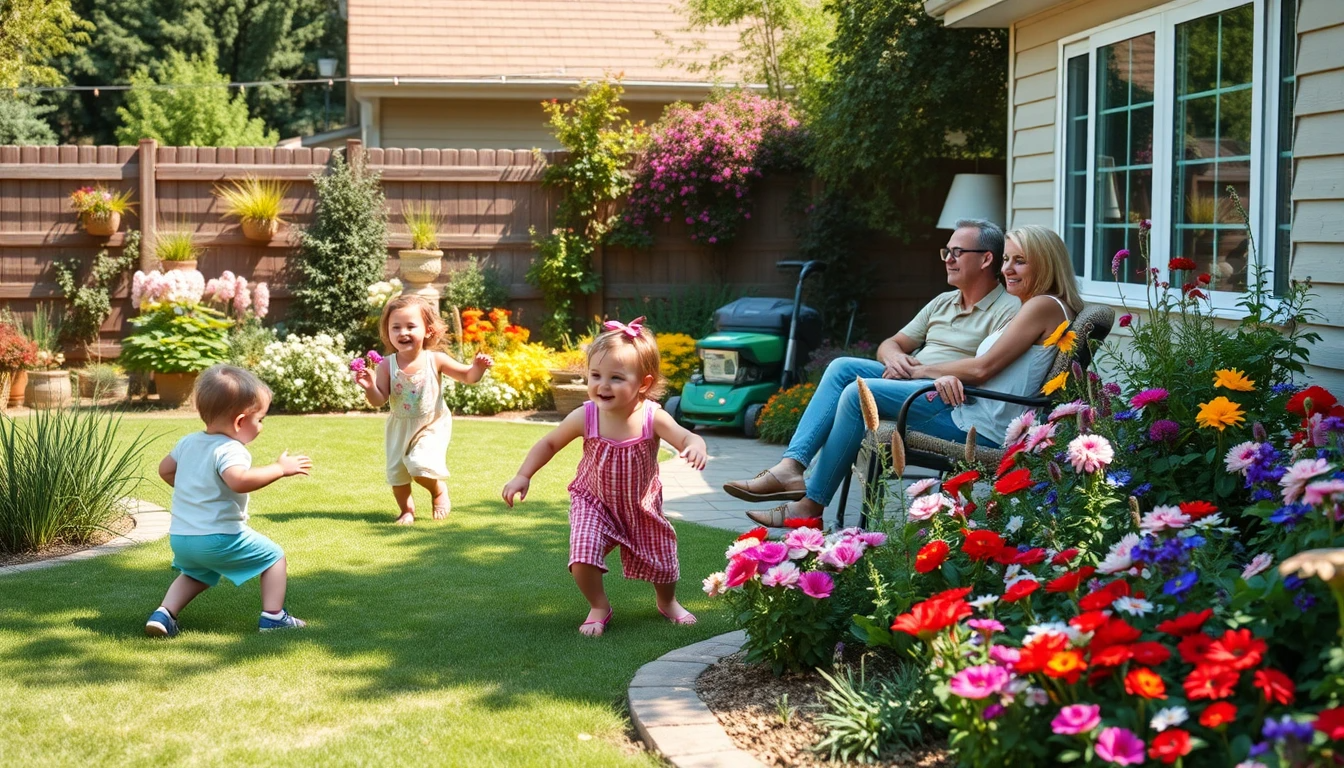Have you ever wondered if it’s possible to have a stunning garden that practically takes care of itself, no matter where you live in North America?
The answer is a resounding yes! Whether you’re in the arid deserts of Arizona, the humid Southeast, or the frosty landscapes of Canada, creating a low-maintenance garden that thrives in your specific climate is not only possible but also incredibly rewarding. In this article, we’ll guide you through the steps to design a beautiful, easy-care garden that saves you time, water, and effort while still looking vibrant year-round.
Why Low-Maintenance Gardens Are the Future
Gardening doesn’t have to be a time-consuming chore. With the right planning, plant selection, and techniques, you can create a garden that requires minimal upkeep while still providing beauty and environmental benefits. Low-maintenance gardens are perfect for busy homeowners, eco-conscious individuals, or anyone who wants to enjoy their outdoor space without the constant hassle.
Key Takeaways
- Choose climate-specific plants that are naturally suited to your region.
- Incorporate drought-tolerant landscaping to save water and reduce upkeep.
- Use perennials for Canada and other regions to ensure long-lasting beauty.
- Opt for easy-care flowers that bloom reliably with little intervention.
- Invest in quality tools and products, like those from LVNTA, to make gardening even easier.
Step 1: Understand Your Climate
Know Your Hardiness Zone
The first step to creating a low-maintenance garden is understanding your climate. The USDA Plant Hardiness Zone Map and the Canadian Plant Hardiness Zones are excellent resources to determine which plants will thrive in your area.
- USA: Zones range from 1 (coldest) to 13 (warmest).
- Canada: Zones range from 0 (coldest) to 9 (warmest).
Climate-Specific Plants
Once you know your zone, choose plants that are naturally adapted to your climate. For example:
- Arid Regions: Succulents, lavender, and yucca.
- Humid Regions: Ferns, hostas, and hydrangeas.
- Cold Regions: Coneflowers, sedum, and Russian sage.
Step 2: Design for Drought-Tolerant Landscaping

Xeriscaping Basics
Xeriscaping is a landscaping method that reduces or eliminates the need for irrigation. It’s perfect for creating low-maintenance gardens in dry climates.
Key Principles:
- Use native plants that require less water.
- Group plants with similar water needs together.
- Add mulch to retain soil moisture.
Drought-Tolerant Plants for the USA
- Southwest: Agave, prickly pear cactus, and desert marigold.
- Pacific Northwest: Oregon grape, manzanita, and blue fescue.
- Midwest: Black-eyed Susan, butterfly weed, and switchgrass.
Step 3: Choose Perennials for Long-Lasting Beauty
Why Perennials Are a Gardener’s Best Friend
Perennials are plants that come back year after year, making them ideal for low-maintenance gardens. They require less replanting and often have deep root systems that make them more drought-resistant.
Top Perennials for Canada and the USA
- Canada: Daylilies, peonies, and asters.
- USA: Coneflowers, salvia, and coreopsis.
Step 4: Incorporate Easy-Care Flowers
Flowers That Bloom Without the Fuss
Not all flowers require constant attention. Here are some easy-care options that add color and charm to your garden:
- Zinnias: Drought-tolerant and bloom all summer.
- Marigolds: Pest-resistant and thrive in poor soil.
- Cosmos: Self-seeding and attract pollinators.
Step 5: Use Smart Tools and Products

Simplify Gardening with LVNTA
To make your low-maintenance garden even easier to care for, invest in high-quality tools and products. LVNTA offers innovative solutions that save time and effort, from ergonomic tools to smart irrigation systems.
Why Choose LVNTA?
- Durable, eco-friendly products.
- Designed for ease of use.
- Perfect for both beginners and experienced gardeners.
Step 6: Maintenance Tips for a Thriving Garden
Keep It Simple
- Mulch Regularly: Prevents weeds and retains moisture.
- Prune Strategically: Encourages healthy growth and prevents overcrowding.
- Water Wisely: Use drip irrigation or soaker hoses to minimize water waste.
FAQs
What are the best plants for a low-maintenance garden?
Choose native plants, perennials, and drought-tolerant species that are well-suited to your climate.
How can I reduce watering in my garden?
Incorporate xeriscaping principles, use mulch, and install a drip irrigation system.
Are low-maintenance gardens eco-friendly?
Yes! They often use less water, require fewer chemicals, and support local wildlife.
Ready to transform your garden into a low-maintenance oasis? Visit LVNTA today to explore their range of gardening tools and products designed to make your life easier. Whether you’re a seasoned gardener or just starting out, LVNTA has everything you need to create a thriving, easy-care garden.
